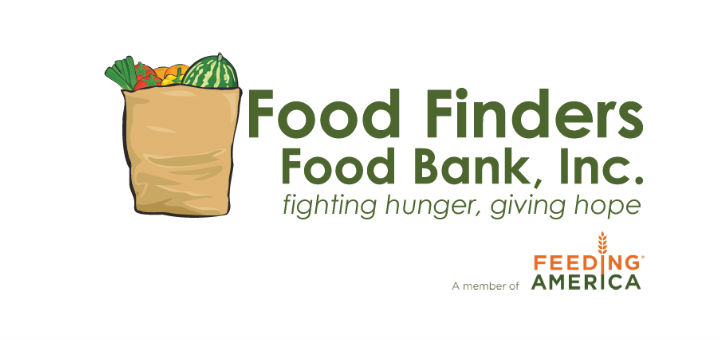Last Updated on August 27, 2017 by cassnetwork
Lafayette, Indiana–Food Finders Food Bank announced the release of The State of Senior Hunger in America in 2015, a study about food insecurity among seniors in the U.S. produced by Feeding America and released in partnership with the National Foundation to End Senior Hunger (NFESH). The report shows that nationally, 5.4 million seniors age 60 or older (8.1 percent) were food insecure in 2015, the most recent year for which data is available. In Indiana, 11.7 percent of seniors were food insecure. Food insecurity refers to the lack of access to enough nutritious food.
Nationally, the 8.1 percent of seniors who are food insecure does represent a slight decrease over the prior year, and the first decline since 2009. Despite relative improvement, the rate and number of seniors affected remains well above pre-recession levels. In 2007 when the recession was just beginning, 6.3 percent and 3.2 million seniors were food insecure – 2.2 million fewer than the most recently reported total of food insecure seniors. These findings are further evidence that the benefits of the improved economy are not being enjoyed by all.
“10% of the clients served by the J.P. Lisack Community Food Pantry are senior citizens. 30% of senior citizens eligible for SNAP are not registered for this aid,” said Food Finders President/CEO Katy Bunder. “Food Finders is trying to raise awareness of this problem as well as make it easier for seniors to access food through The Senior Grocery Program and our pantries.”
Food Finders Food Bank is one of 200 food banks in the Feeding America network that collectively provides food assistance to 46 million Americans struggling with hunger. Food Finders serves the more than 79,000 food insecure residents in North Central Indiana. In 2016, Food Finders distributed 5.5 million meals through programs like the BackPack Program, Agency Partners, Summer Food Service Program, Mobile Pantry, and Senior Grocery.
“The number of seniors facing hunger in this country remains unacceptably high. After lifetimes of hard work many of America’s seniors are put in the terrible position of having to choose between groceries and medical care,” said Feeding America CEO Diana Aviv. “These are parents, grandparents and cherished friends and we must ensure they have the nutritious food they need. Feeding America is working to prevent their hunger every day.”
This latest report documents the characteristics of seniors who struggle to meet their nutritional needs. Specifically, in 2015, researchers found:
- Seniors who are racial or ethnic minorities, low-income, and younger vs. older (age 60-69 vs. age 80+) were most likely to be affected by some level of food insecurity.
- Seniors who reported a disability were disproportionately affected, with 25 percent reporting food insecurity and an additional 13 percent reporting marginal food security.
- Senior food insecurity rates vary by state, ranging from 2.9% in North Dakota to 15.6% in Louisiana. Indiana, with 11.7% of seniors food insecure, is on the high end of that range.
- Food insecurity adversely affects a person’s health, and the implications can be particularly problematic for seniors. Compared to food-secure seniors, food-insecure seniors:
- Consume fewer calories and lower quantities of key nutrients.0
- Are more likely to experience negative health conditions, including depression, asthma, and chest pain.
The State of Senior Hunger in America was produced by Feeding America in partnership with NFESH. The study was conducted by researchers Dr. James Ziliak and Dr. Craig Gundersen and is the source for national- and state-level information about food insecurity among seniors age 60 and older, as well as data about related health implications. An executive summary of the report is available here.
SOURCE: News release from Food Finders, Inc.






